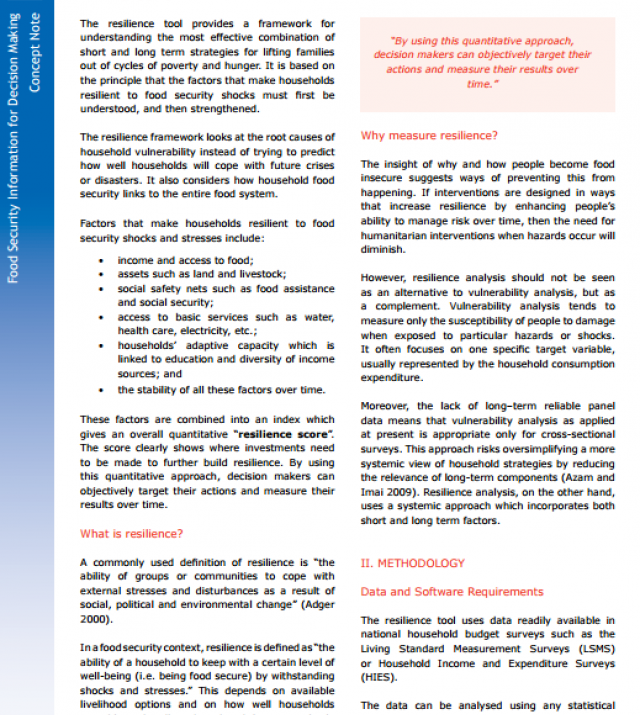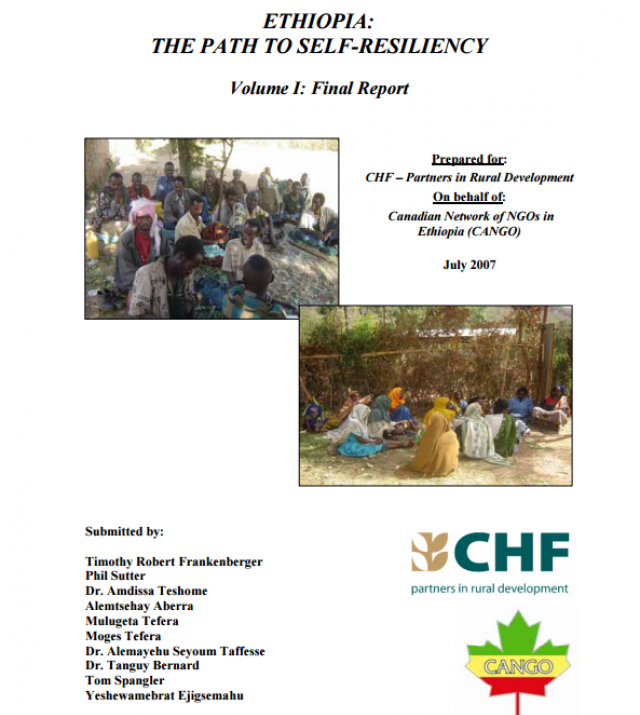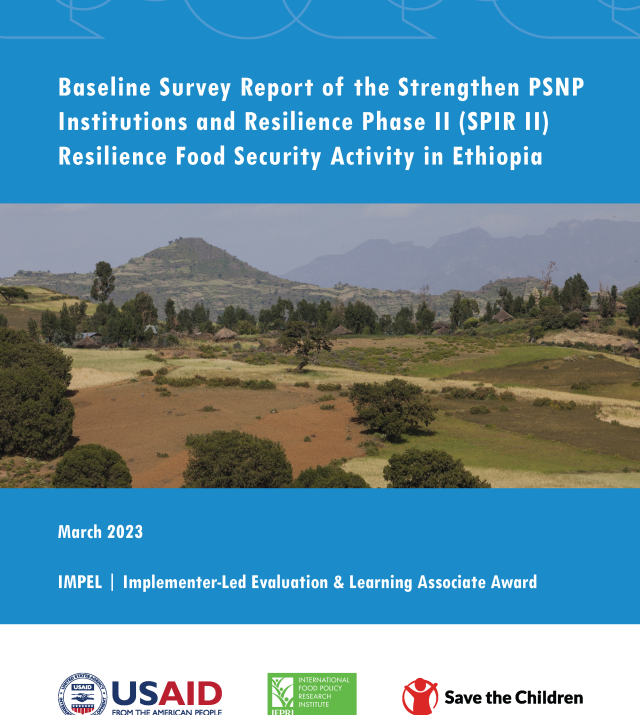
Enhancing Resilience to Food Security Shocks: Resilience 101
Presented by: Tim Frankenberger, President, TANGO International
In recent decades the Horn of Africa has faced continuous cycles of crisis. These are the result of complex interactions between political, economic, social and environmental factors. In spite of efforts to respond to these interactions, the most recent drought crisis (2011) coupled with conflict and chronic poverty in the region threatened the lives of an estimated thirteen million people. Tim examined how enhancing resilience, and thereby enabling households, communities, government and markets to better anticipate, manage, adapt to, and recover from shocks, will help prevent long-term damaging effects. As such, enhancing resilience is a strategy with great potential for breaking the cycle of drought and famine in the region.
Tim noted that resilience shouldn’t be seen as an outcome, but rather a process of building adaptive capacity that requires a shift from short to longer-term thinking. Resilience programming also requires synergy between approaches – economic, agro-climatological, social, governance and others - as well as partnerships where goals are aligned and stakeholders linked across local, national and regional contexts. It requires governments to be transparent in their allocation of resources, and to work through structures that are participatory, inclusive and facilitate power sharing. It also requires efforts towards peace building and gender equality as well as better systems for knowledge management to help build an evidence-base and understanding of what works and what doesn’t.
Resilience programming is complex and requires changes in systems and practices. The structure of emergency response hinders integration across sectors and there is a lack of inclusive and institutional frameworks for integration. Meanwhile, government corruption and competition between donors bring additional challenges. Bringing promising programs to scale, designing programs and allocating resources within longer-term frameworks, combining humanitarian and development approaches, and clustering investments to address multiple vulnerabilities are all ways that these challenges can begin to be addressed.
A few critical next steps discussed for improving resilience programming include building a better understanding of what prevents resilience in individuals, communities, and systems, and building on successful examples where resilience has been strengthened or at least not eroded in the face of shocks. Facilitating and motivating engagement by new actors, such as the private sector, is also key.
Small groups discussed the benefits of resilience programming over traditional livelihood programming, current constraints to achieving long-term food security and key entry points for operationalizing resilience programming. Participants highlighted the importance of resilience programming in building adaptive capacity to manage change and deal with shocks. Longer-term programming and funding streams are necessary requiring adaptation by implementers in combining strategies and funding sources, as well as working complementarily across programs. Additional constraints include maintaining donor interest in the longer-term, coordination among multiple stakeholders and how best practices can be identified. Participants also stressed the importance of developing and maintaining links to the community.
The Way Forward: Participants made recommendations in the following areas:
Knowledge Sharing
Sharing of frameworks/efforts is needed to prevent redundancy and competition.
Identifying, capturing and sharing local knowledge on coping mechanisms needs to be improved.
Research and Evidence Base
We need a better evidence base for the impact of resilience programming, including demonstrating how investment in resilience efforts is cost-effective
Processes
The process of moving from conceptual frameworks to practical action on the ground needs to move farther forward, identifying what really works and methodologies that are proven, and replicating these where applicable.
Donor Policy and Practice
More longer-term funding from donors is necessary, and resilience activities must be incorporated into emergency program design/RFAs
A regional approach is necessary in order to establish an enabling environment, in addition to linkages at the national level.
Donors need to focus better on integrated strategies as opposed to isolated programs/projects.
Coordination is necessary but coordination mechanisms proliferate: need coordination of coordination mechanisms

